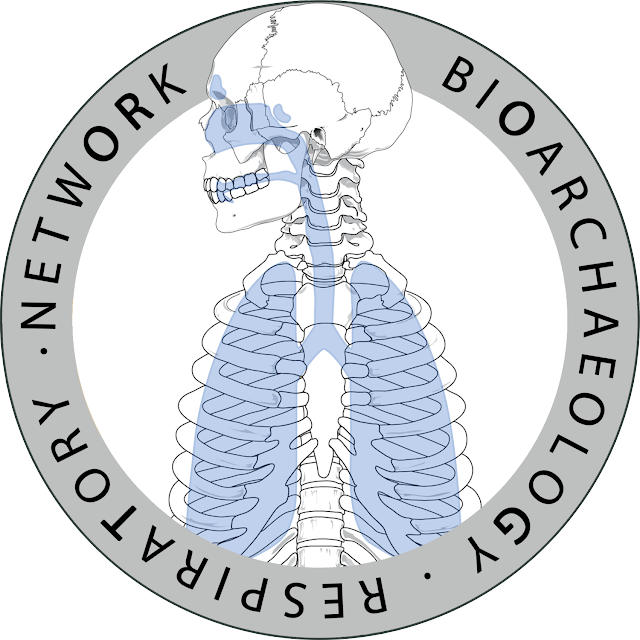By Anna Moles, Associate Editor for Bioarchaeology
In June, the newly established Bioarchaeology Respiratory Network held its first symposium online. An excellent mix of researchers, from PhD students to eminent professors, shared impressive and innovative research and the current state of the field in what has been a largely overlooked category of bioarchaeological research. Respiratory diseases can give insight into living conditions in the past, such as air quality in domestic spaces or in cities and pollution in relation to urbanisation, as well as infectious diseases, such as tuberculosis. Some of the new approaches that members of this symposium are taking are what enables new aspects of the skeleton to be investigated, particularly in relation to upper respiratory system and hard-to-access regions of the skull within the sinuses and ears.
As well as the use of endoscopes (C. Collins) and handheld X-ray devices (S. Purchase) for investigating sinusitis and otitis media (inflammation or infection of the sinuses and ear respectively) in relation to respiratory diseases, there were also papers from complimentary disciplines. Such papers included the microscopic analysis of dental calculus for identifying particulates, including dust, roofing material, airborne and burnt debris, and textile fibres (A. Radini), a geoarchaeological approach to looking at air quality and living conditions from fire residues, latrines and hearth deposits (L-M. Shillto). This shows how an interdisciplinary approach will enable a great deal more to be learnt about air quality, living conditions and respiratory disease from the past.
The contribution of this Network to bioarchaeological developments is two-fold. Firstly, its researchers are developing new techniques which allow for advancements in the bioarchaeological detection and understanding of respiratory disease lesions. Secondly, the greater exposure and use of bioarchaeological lesions of respiratory diseases enables a better understanding of past living conditions, environment and urbanism, particularly when applied in an interdisciplinary setting.
This sort of symposium, that highlights new research in a little-studied area, can stimulate people to think in new ways, consider new approaches to their own material or research projects, or even make connections with new collaborators for the development of related research. I believe Taking a Breath may be an example of this and I hope we will see an influx of new and interdisciplinary research on respiratory disease, air quality and related living conditions.
The Network plans to arrange a series of informal online meetings to discuss topics and issues raised at the symposium (such as the difficulties with the diagnostic criteria related to sinusitis). A form to join the mailing list of the Bioarchaeology Respiratory Network and their contact details can be found on their website. The Taking a Breath Symposium was organised and hosted by Dr Anna Davies-Barrett and was sponsored by BABAO, The Tobacco, Health & History Project, and the UKRI Arts and Humanities Research Council.
Find out more:
www.bioarchrespiratorynetwork.com/
Twitter @bioarchresp #takingabreath

Comments
Post a Comment